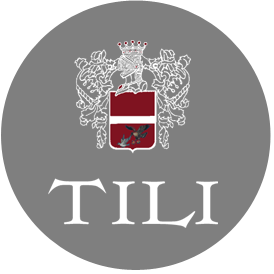
The ancient Umbrian art of pork butchery
In the truest Umbrian table, the peasant one where sharing is the most important ingredient, the prized products of pork butchery cannot be missing. Pork butchery, understood as the processing of pork, has uncertain origins: some argue that it was introduced by a group of Jews who arrived in Valnerina after the destruction of Jerusalem in 70 AD. Since they couldn’t eat pork for religious reasons, they had to preserve it for trading. It is certain that in the early Middle Ages, in the vicinity of Norcia, amid grassy slopes, extensive beech forests, and high oak woods, pig grazing spread. The breeders in the area possessed remarkable manual skills and soon specialized in slaughtering, castrating, and processing pigs. Their innate aptitude was perfected thanks to the knowledge of anatomy acquired from the Benedictine monks of the nearby abbey of Sant’Eutizio. And the ancient practice of “arranging, seasoning, and preparing the meat of the pigs in a thousand ways” became a profession, a qualification, an art.






Sorry, the comment form is closed at this time.